

Jordan Pysz / iFoundMyDoctor.com
Bonnie says the corneal transplants have been “life changing”: clearing her vision as well as her thought process.


Courtesy Graphic Center For Advanced Eye Care
When the Sassy Jones Foundation held a fashion show featuring cancer victims as runway models three years ago, Bonnie Anglin was among the women invited to inspire others by showing off the latest in the stylish Sassy Jones line. “The fashion show was in Richmond, Virginia, and I was one of 10 women who were asked to be ‘survivor-thriver’ models,” boasts Bonnie, 52, a Hodgkin’s lymphoma survivor. “It was a great time, and I met some wonderful people.” Bonnie’s battle with cancer began in 2012. By 2014, she had completed her chemotherapy and radiation treatments and been deemed cancer-free. But soon thereafter, a new health challenge arose. “I’ve worn eyeglasses all my life, and I felt like I needed a new pair because my vision wasn’t as sharp as it had been, so I went to the eye doctor and he told me, You have Fuchs’ disease,” Bonnie relates. “I was like, What? I have who’s disease?” Fuchs’ (pronounced fyooks) disease, or Fuchs’ dystrophy, is a degenerative condition that affects the cornea, the clear front surface of the eye. The disease occurs when the endothelial cells lining the inner surface of the cornea slowly die. When healthy, these cells act like a pump to maintain a balance of fluid in the cornea. When they die, there is fluid buildup and swelling that can result in blurry vision and glare or halos, especially in the morning, that can progress to lasting all day. In advanced cases, patients can develop scar tissue or painful blisters on the cornea. Fuchs’ dystrophy often runs in families but it can occur spontaneously or after eye surgery. Fuchs’ dystrophy is treated by replacing the diseased pump cells with healthy tissue from a donor during a 30-minute corneal transplant surgery. Bonnie’s battle with the disease lasted several years, during which time her vision became so poor that she felt unsafe walking the aisle at church and struggled to see the TV clearly. She also struggled with bright light to such a degree that she regularly wore yellow tinted glasses, even in the house. “And when I woke up in the morning, there was always this fluid in my eye that I couldn’t get out,” she adds. “That usually didn’t clear up until late afternoon or evening, but for years I just kind of put up with all of that because I was in denial. “But then one day my husband said he saw a spot on my eye and said, You need to go and get that checked out. That was also about the time that I started to feel pain in my eyes, so I went to my eye doctor, who recommended that I go see Dr. Vander Woude.
In With the New
Logan T. Vander Woude, DO, MPH, is a board-certified ophthalmologist with the Center for Advanced Eye Care. During his initial evaluation of Bonnie, he confirmed the diagnosis of advanced-stage Fuchs’ dystrophy in both eyes. “She had scar tissue building up in both her eyes due to chronic swelling, which was causing her blurry vision,” the doctor reports. “But the scar tissue was below her visual axis, which made her a good candidate for a corneal transplant.” In Fuchs’ dystrophy, there are typically two transplant options Dr. Vander Woude will discuss with patients: DMEK and DSAEK. These are both partial thickness corneal transplants, and each will improve the patient’s vision. In a DMEK, only the pump cells are replaced, which has the advantage of giving the patient the best vision possible after surgery. The drawback is the cornea takes longer to heal in place. The advantage of the DSAEK procedure is that the cornea heals faster. While these grafts are healing, patients need to lie on their back at least 50 percent of the time. “The reason you have to lie in that position is because there’s no glue or sutures holding the replacement tissue to the cornea,” the doctor explains. “It’s held in place with a gas bubble that floats with gravity and presses against the cornea while it heals.” In treating Bonnie, Dr. Vander Woude chose the DMEK procedure to give her the best vision possible.
“Amazing” Outcome
Despite the inconvenience, Bonnie accepted Dr. Vander Woude’s recommendation and had the first transplant on her right eye last October. The second procedure was done about a month later. The results, Bonnie exclaims, have been “life changing.” “Lying on my back for so long was a bit annoying, but let me tell you, when I got up for my first break from that and looked out the window, I saw color and I saw clearly and it almost brought tears to my eyes,” Bonnie enthuses. “And that was after just one surgery. “That one surgery on my right eye changed everything, so I could not wait to have the other eye treated because I just knew it was going to be amazing. And it was. I was so moved that I later stood up in church one Sunday and gave a testimonial.” Bonnie had good reason to rave about her experience. When she first visited Dr. Vander Woude, she had 20/50 vision in her right eye and 20/40 vision in her left. Now, she has 20/25 vision in her right eye, 20/20 vision in her left and no longer needs eyeglasses. “I can’t tell you what that has meant for me,” says Bonnie, an online chemistry professor. “I’m not sure why, but because I see more clearly now, my thought process is clearer, too. It’s not cloudy, which is amazing to me. “And that is all thanks to Dr. Vander Woude, who I am so grateful for. I could have gone blind because of this disease, and it would have been all my fault because I was told about this back in 2013 and didn’t do anything about it. “So, whenever Dr. Vander Woude asks to see me for a checkup, I am right there. I just think the world of him and his entire team. One of his assistants even held my hand through the surgery. That’s how great they are, and I would absolutely recommend them to anyone.”
Fort Pierce Office Location Now Open
Center of Advanced Eye Care is pleased to announce our second office location is now open at 1707 S. 25th Street.




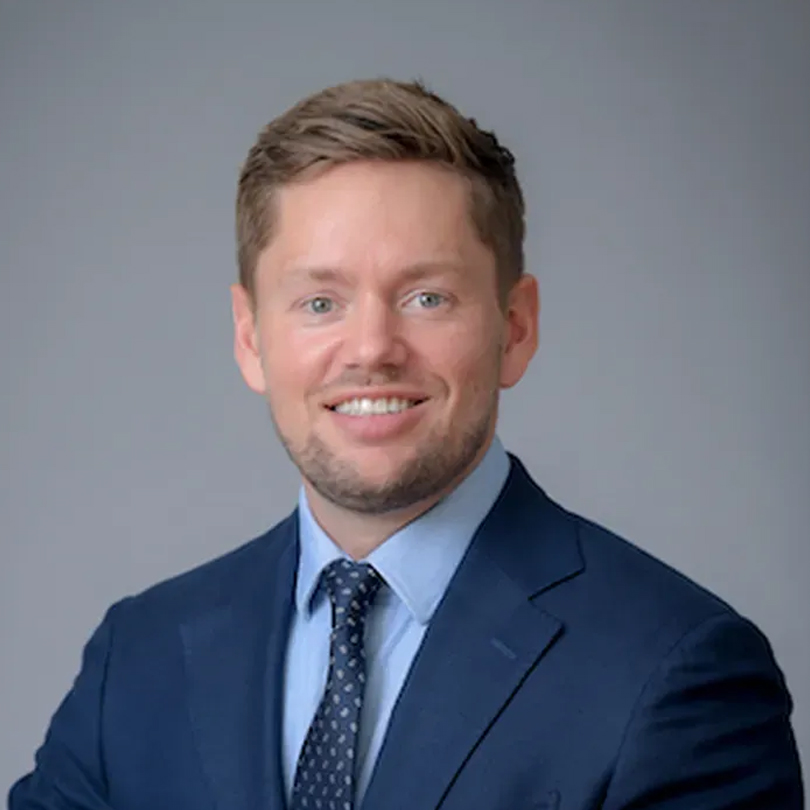
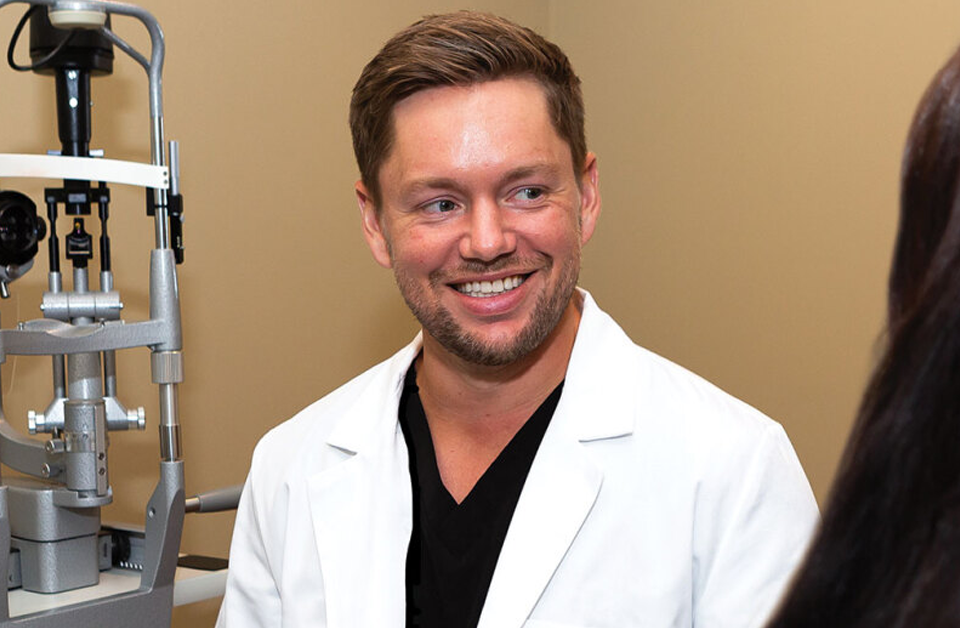
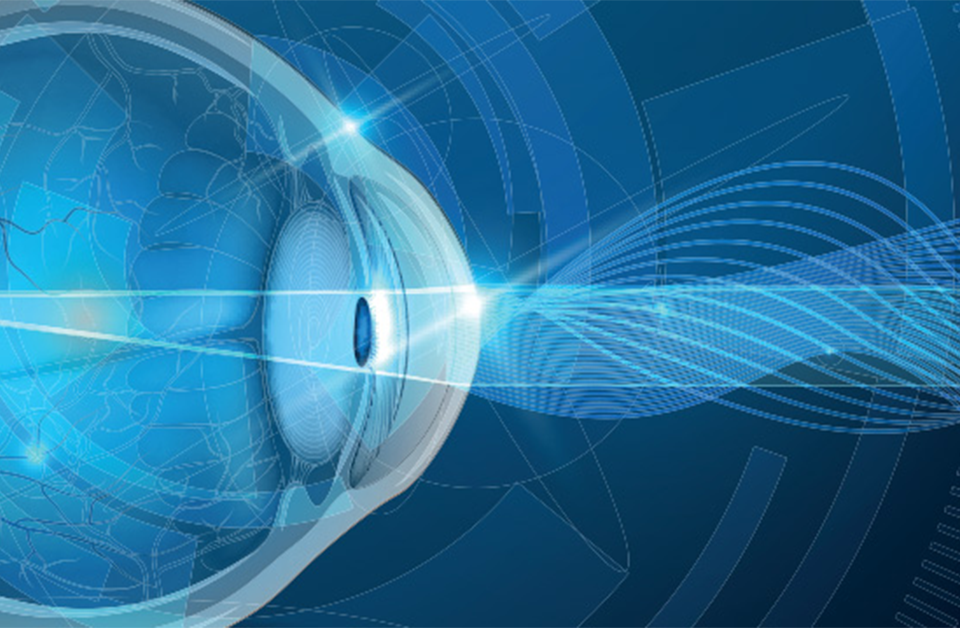
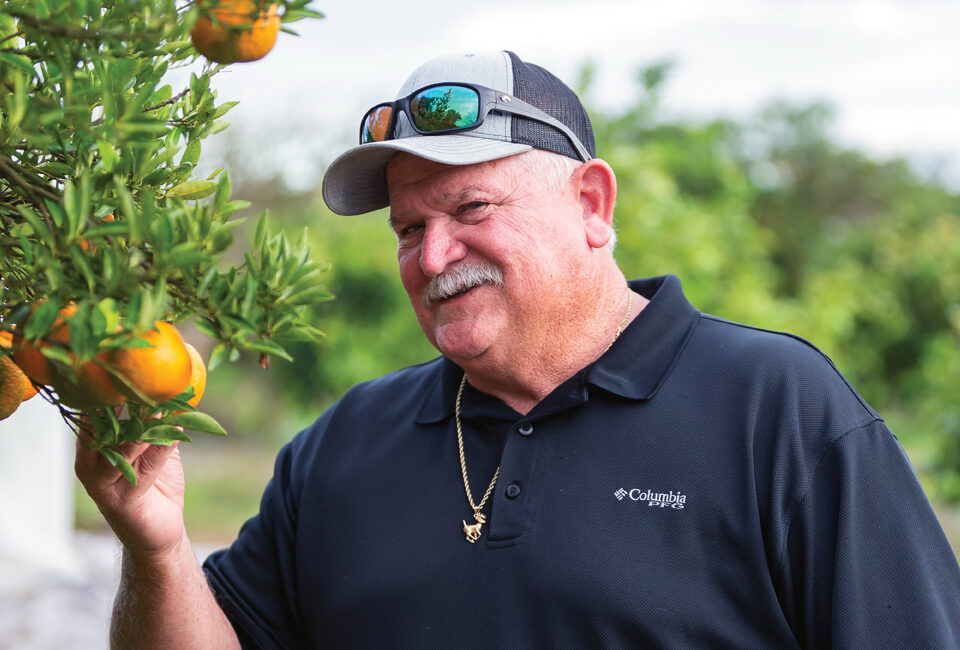
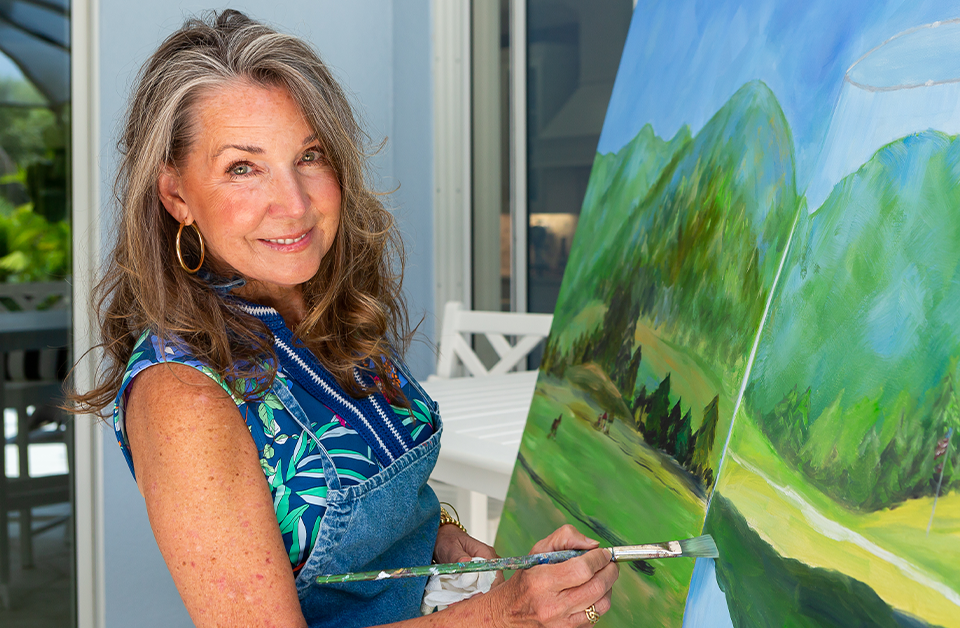
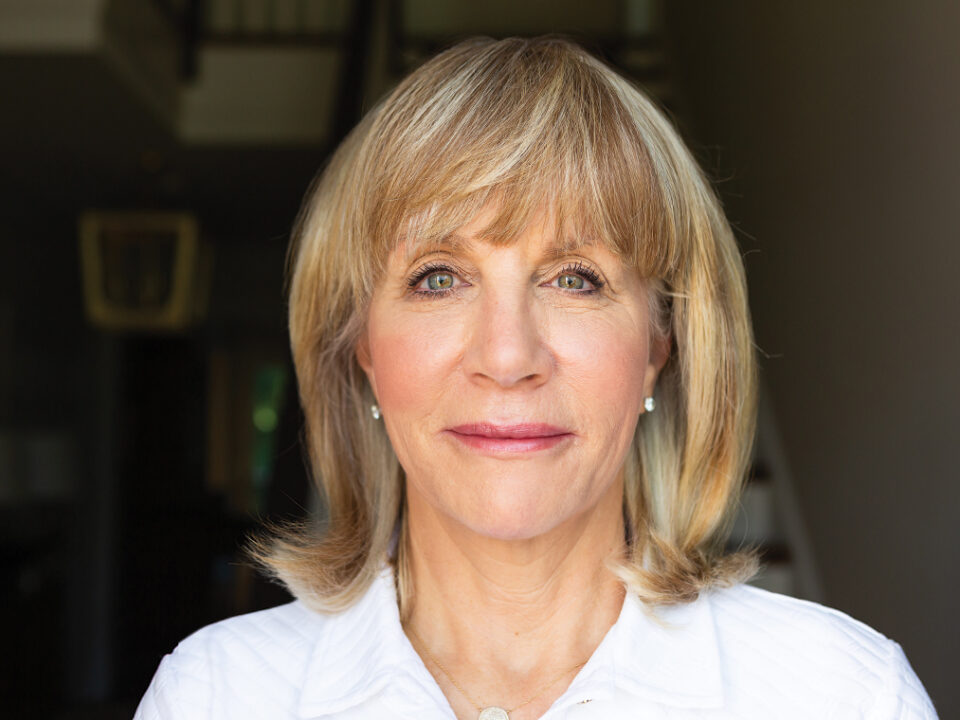
Leave a Reply